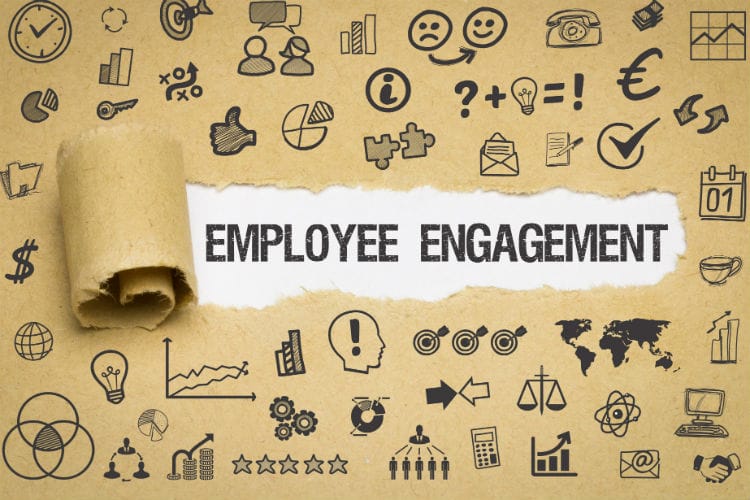Employee Engagement
Matt Hayes: An Employee Engagement Guru
By David Chasanov
Jan. 15, 2019

Matt Hayes has been working in human resources for a quarter century. Some 18 of those 25 years were spent with Ingredion Inc., a for-profit ingredient provider. Two years ago, he made the shift to the nonprofit organization Feeding America. From providing volunteer opportunities to conducting employee surveys, Hayes, Feeding America’s CHRO, has excelled in all aspects of employee engagement.
Workforce: What got you interested in being a leader at this organization?
Matt Hayes: For quite a while in my career I thought about working for a mission-based organization. When Feeding America came along, I learned more about hunger in America and the impact it has in every community. Seeing the work Feeding America does to respond to that challenge, I wanted to join the fight. I’ve gotten to know the organization better and these people are very passionately committed to what we are doing. It’s a fun environment to work in as a regular employee and HR leader.
WF: What equals employee engagement for a nonprofit versus a for-profit?
Hayes: Thinking about Feeding America, we have volunteer opportunities at our 200 food banks and 60,000 agencies nationwide. On the for-profit side, understanding the value proposition you’re bringing your employees is critical to attracting, motivating and retaining talent. Even at Feeding America, where we think our mission is a major differentiator, we developed a model where we have seven factors that looks at employee engagement. It’s things like career advancement and work-life balance.
WF: Is there a new engagement strategy from when you first started?
Hayes: Employees now force-rank what matters most to them among seven focus areas. For example, where does career advancement rank versus work-life balance? Is it a 10, being fantastic, or a 1, this is missing right now? Then the manager and employee discuss the results. We found it helps promote transparent discussions about what matters most to each employee and what managers can do for those employees.
Also read: Debunking the Major Myth of Engagement
WF: When natural disasters occur, how do you engage employees through volunteer opportunities?
Hayes: We have a senior leader who’s focused on leading disaster response and we engage a cross-functional team to coordinate that effort. The team works to move food to impacted communities. We raise funds nationally to support disaster relief and advocate for federal disaster support in Washington when that’s needed. With Hurricane Florence, we provided 5 million pounds of food to communities in the Carolinas. We raised almost $2 million in funds to support that work. With Hurricane Michael, even in the early stages we worked with Florida’s Office of Emergency Management and the Federal Emergency Management Agency before the hurricane made landfall. We had water and meals staged in critical places. Disaster response is an integral part of our organization and mission.
Schedule, engage, and pay your staff in one system with Workforce.com.
